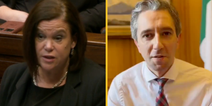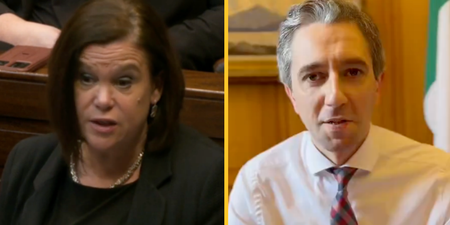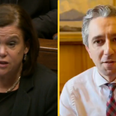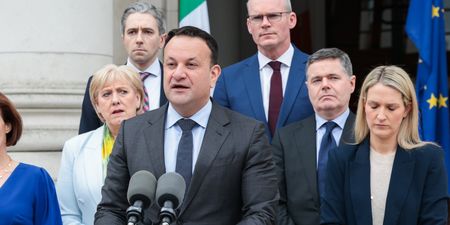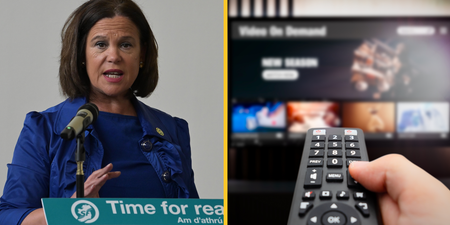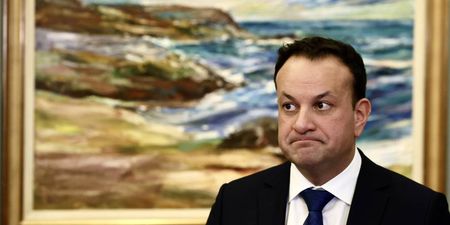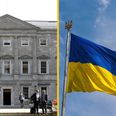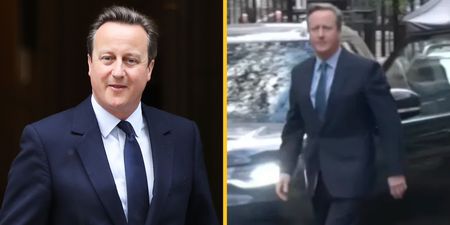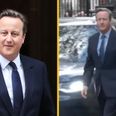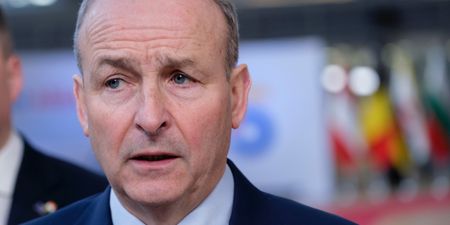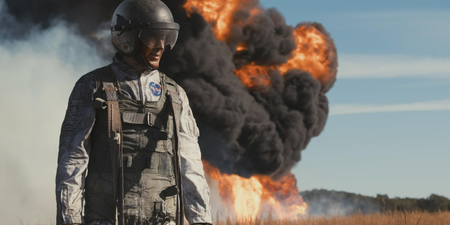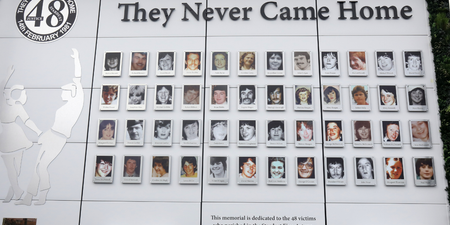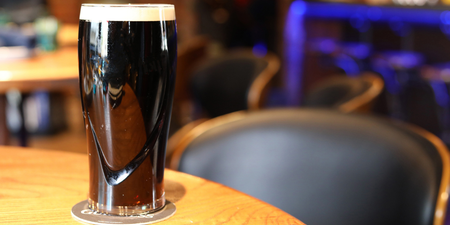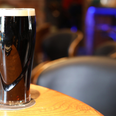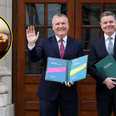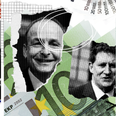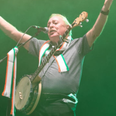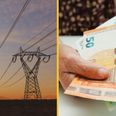Last night, an Irish Times poll confirmed Leo Varadkar and Micheál Martin’s worst fears: Sinn Féin are top of the polls.
An entire century of Irish political establishment felt the ground rumble beneath its feet. Not quite a quake, but a persistent sort of wobble.
That’s not to belittle the apparent sea-change that’s afoot. Sinn Féin’s surge in the poll means a great deal — not just to the party themselves, but to the Irish political landscape. But it’s not the revolution that some might believe. Sinn Féin are still not poised to become the largest party in Ireland.
The biggest obstacle in Sinn Féin’s way is no longer public opinion, but their own pre-election pessimism.
On the back of a relatively poor performance at the local elections (a 78-seat loss) last year, the party chose to run just 42 candidates in the general election this time around. Both Fine Gael and Fianna Fáil currently have more sitting TDs than Sinn Féin have candidates. They’re also both running over 80 candidates, almost two per constituency.
This tells us that Sinn Féin didn’t expect to be in the favourable position they now occupy. For perspective, they ran 50 candidates in the 2016 general election (coming out with 23 seats, a return of less than half).
So let’s do some maths. Excluding the Ceann Comhairle, there are 159 seats to be filled. Of Sinn Féin’s 42 candidates, there will be some who don’t get in. Last time around, Sinn Féin didn’t return a TD in 16 of the 39 constituencies. They’ll do better this time, but they’re not going to have a 100% success rate.
Giving them a generous final tally of 35 would leave them well short of a majority, and leaves 124 seats to fill. Allowing for the margin of error, Fianna Fáil are polling neck-and-neck with Sinn Féin, and they’re running twice the candidates, and have doubled up in many constituencies where they will absorb preferences.
It has been suggested that Sinn Féin’s best option now would be to frustrate any attempt to form a coalition, and force a second election, this time running more candidates.
For example, Labour’s Brendan Howlin has ruled out a coalition with Sinn Féin, having made no such ultimatums about Fianna Fáil or Fine Gael, whose association with Labour at the beginning of this decade effectively saw Labour destroyed as a relevant political force.
Leo Varadkar and Eamon Ryan will also both be happy to prop up Fianna Fáil if called upon. A Sinn Féin-led coalition is a lot less likely.
The same poll also revealed that Sinn Féin are the least popular party in Ireland, as well as the most popular. Those who don’t want Sinn Féin in government really don’t want Sinn Féin in government. This attitude suggests that parties will have a lot of leeway from their supporters when it comes to coalescing with one another, as long as they do so in a way that keeps Sinn Féin at bay.
Sinn Féin have got the polls in their favour, but there is even some precedent for worry on that front. Last time around, Sinn Féin badly underperformed in the polling. Sinn Féin’s final percentage of the popular vote came in at 13.8% – lower than every single one of the 17 national opinion polls published during that election. Some polls had Sinn Féin performing as high as 21% and 20%. Even exit polls done on the day had them at 15% and 16%.
Sinn Féin’s surge to the top of the polls is unprecedented. In a country that has been dominated since its inception by the same two parties, it’s shocking. The fact that it’s the case five days out from an election is exhilarating.
Still, there are many important obstacles in the way of Ireland’s would-be first female Taoiseach Mary Lou McDonald. Next week will likely see them stronger than ever, but still sitting in opposition rather than sitting in power.
LISTEN: You Must Be Jokin’ with Conor Sketches | Tiger Woods loves Ger Loughnane and cosplaying as Charles LeClerc

